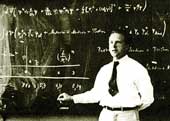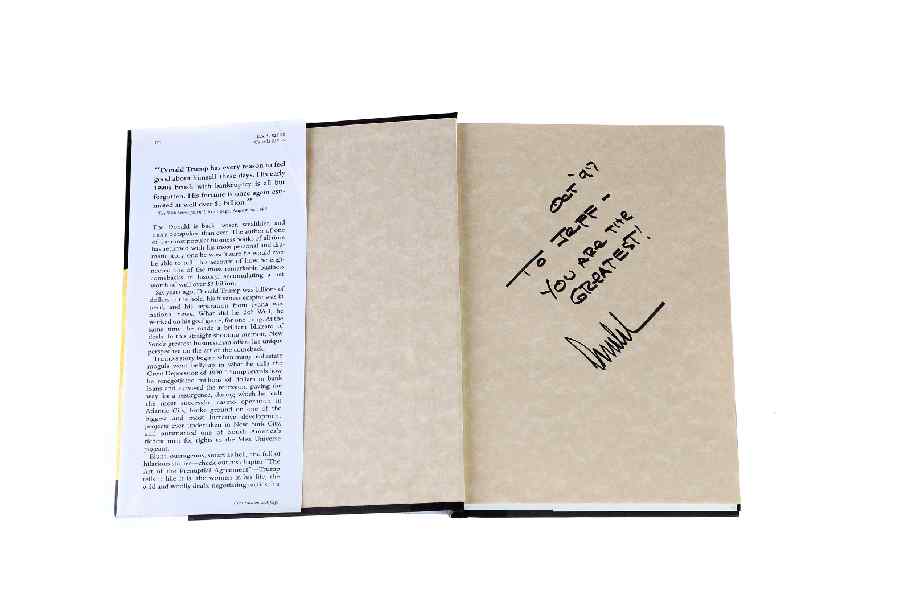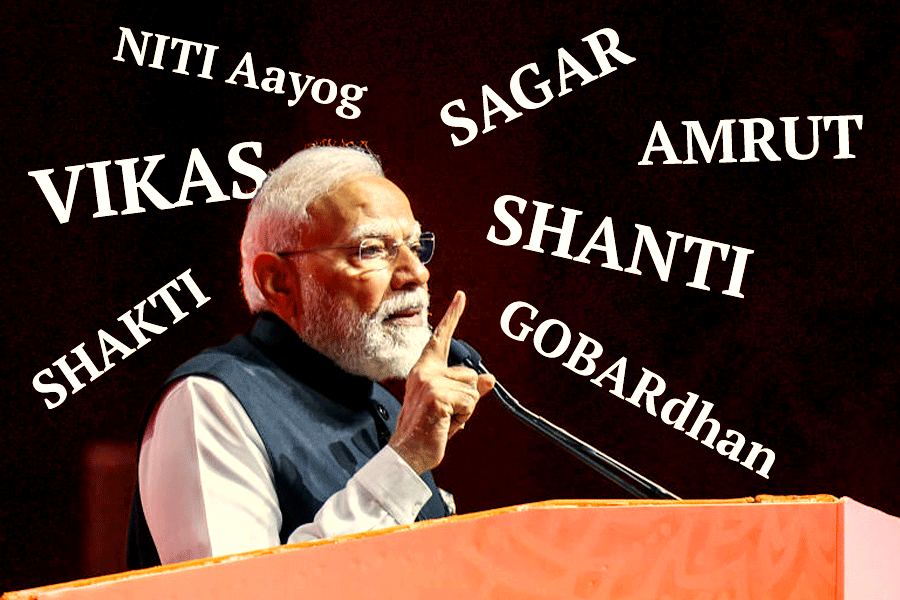|
|
| Werner Heisenberg: father of uncertainty |
Uncertainty: Einstein, Heisenberg, Bohr and the Struggle for the Soul of Science
By David Lindley,
Doubleday, $ 26
Revolution is a word often used nowadays rather casually — callously, to be precise — to drive home the significance of many a scientific discovery. Newspaper readers are exposed to a daily dose of ‘revolutionary’ breakthroughs making headlines. A new gene discovered for, say, the addiction to liquor, or an one-atom-thick layer of a rare material prepared to usher in a thousand-fold increase in the number-crunching power of your PC, is flaunted as a revolution. Journalists motivated more by the concern for securing media space than a prudent evaluation of the goings-on within laboratories are prone to make such judgmental errors. Those feats, their immediate impacts notwithstanding, hardly betray any conceptual break with the past, the foremost criterion for any revolution.
Judged by this yardstick, physics has witnessed two paradigm shifts in the last century. The first one — relativity — was effected, singlehandedly almost, by Albert Einstein in 1905. He unveiled a new view of time and space, showing that durations and distances are not absolute, as everyone since Isaac Newton had thought, but instead are affected by one’s motion. Your wristwatch would tick off time at a rate different from that of your friend’s if you are driving a car and he is waiting for you at the airport; similarly, his and your measurements of the same length will show different values. You do not perceive all this because the speeds of everyday life are too slow for the effects to be noticeable. But, if you could move close to the speed of light, the effects would be too obvious to ignore.
In the same year Einstein also derived the most celebrated formula in science, E=mc², an equation as short as it is powerful. It told the world that matter (m) and energy (E) are the two sides of the same coin; and, more importantly, either of them can be converted into the other. If you can change the former to the latter, you get a lot of it, since the speed of light squared (c²) is a huge number. We have witnessed this equation’s consequences in the devastating might of nuclear weapons and the tantalizing potential of nuclear energy.
The second revolution, completed during 1925-30, is known by the name of quantam mechanics; unlike the first one, it comprised brainwaves of many geniuses, including that of Einstein’s for which he was awarded the Nobel Prize. Nevertheless, the nature of this upheaval was so shocking that even the one-time rebel found its outcome unacceptable. He devoted the rest of his life to dismantling the new rebellion, but success eluded him.
What is so repelling about the second upheaval? David Lindley, former editor at Nature and at Science, and author of Where Does the Weirdness Go? and Boltzmann’s Atom, describes one of the central tenets of quantam mechanics — uncertainty — in this new volume. Discovered by the German physicist Werner Heisenberg, uncertainty, put simply, means that you can measure either the speed of a particle or its position, but not both. Or, the more precisely you find out the position, the less well you can know its speed. Now, this is an idea that seems to go almost against what science stands for. Is science not all about measuring things as accurately as possible? It is certainly painful to accept that there is a limit to what you can know. It was this agony that prompted Einstein’s celebrated remark that he would prefer becoming a cobbler or a bar tender to accepting the veracity of Heisenberg’s discovery.
Lindley deftly portrays the clash of ideas as well as personalities revolving around uncertainty. His description of how Einstein fought his successful battles with Heisenberg’s mentor and steadfast supporter, the Danish physicist Niels Bohr, is what gives the title under review its edge. The debate between the two titans has attained the aura of folklore in physics and become the subject of so many popularizations, but the depths of the clash Lindley delves into are rarely found elsewhere.
Lindley’s description of the ripples that the uncertainty principle has been creating outside the realm of science is also fascinating. However, he warns serious readers to steer clear of the cocktail-variety of physics. For example, he cites the ingenious editorial in The Washington Times invoking Heisenberg to explain why the scribes in Iraq were getting the big picture wrong. Journalists embedded with the troops were obssessed with the chaos around them — a broken down tank, food and fuel shortages, antagonism from the locals, miscommunication within the military — and concluded from the immediate difficulties that the operation as a whole was foundering. “The more precisely the media measures individual events in a war, the more blurry the warfare appears to the observer,” the editorial commented. Lindley asks if we do need Heisenberg’s help to realize that broader themes often get lost in the dispatches from a combat zone. He points out that metaphorical usages of the uncertainty principle — found nowadays even in literary criticism — are not the best way to make sense of it.











